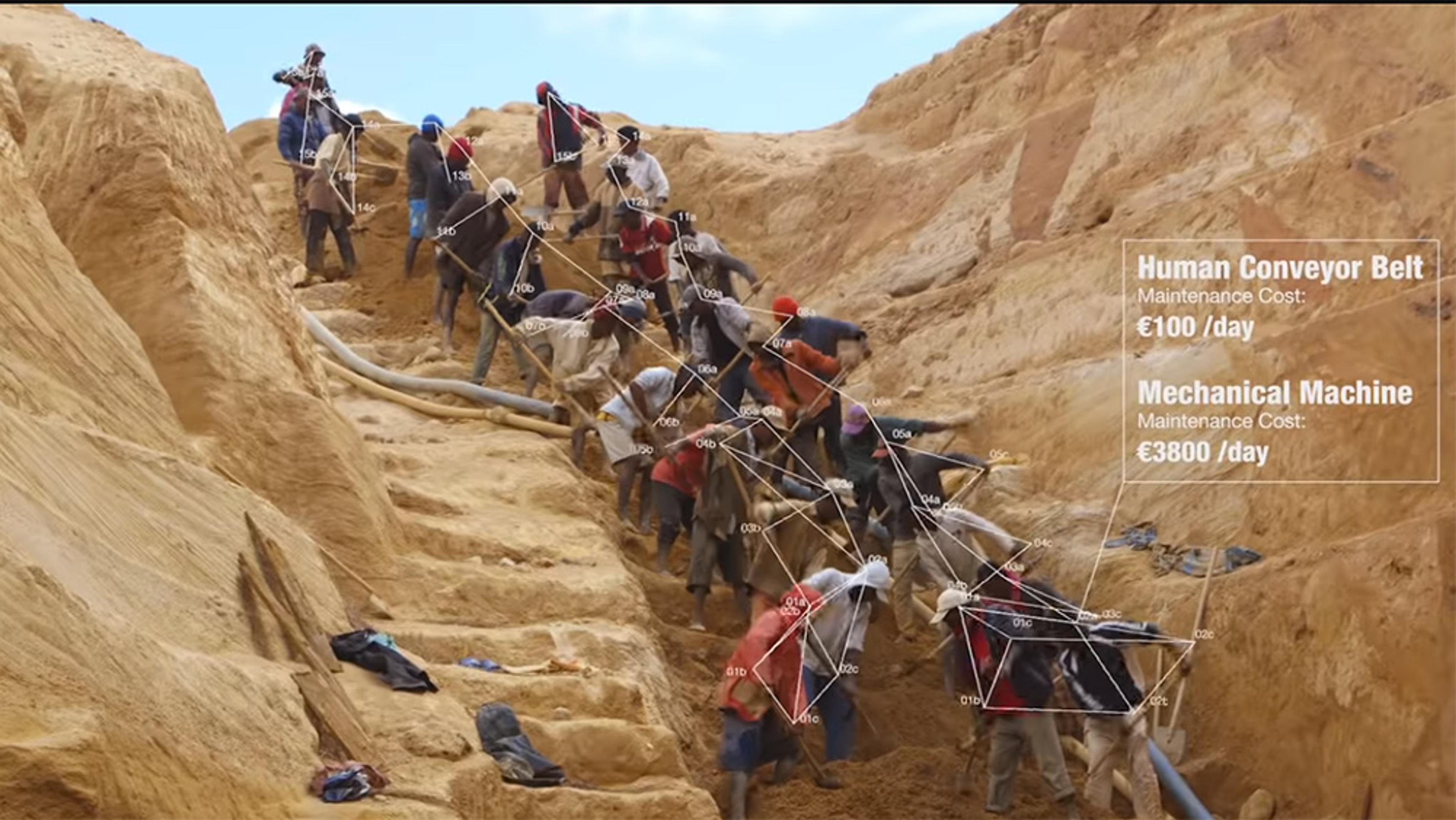Mauritania, on the northwest coast of Africa, is characterised by arid desert plains that make most of the country non-arable. Beneath the surface, however, the land is rich in the iron ore that sustains the Mauritanian economy. Since 1963, the Mauritania Railway, running 704 kilometres (roughly 440 miles) across unforgiving terrain, has connected the country’s inland mining centre, Zouérat, with the port city of Nouadhibou. With decades of drought forcing much of Mauritania’s once-nomadic population into urban areas, the railway has become increasingly vital to the country of four million, as food, goods and people join the iron ore onboard.
This short documentary by Los Angeles-based filmmaker Miguel de Olaso (aka Macgregor) casts the railroad as the backbone of the country. De Olaso combines a visually rich survey of its operations with information that supplements and sometimes undercuts the aestheticised cinematography, offering a compellingly immersive journey on transport, resources and demography.








